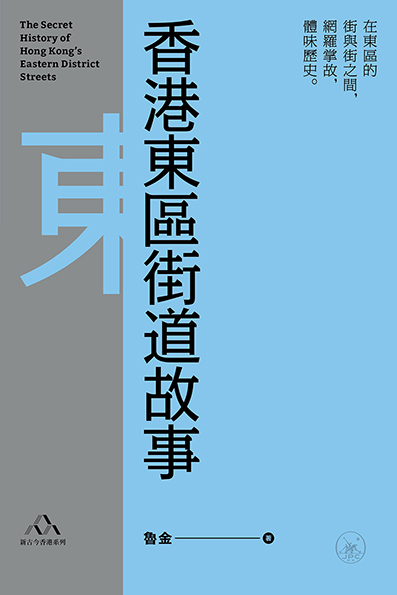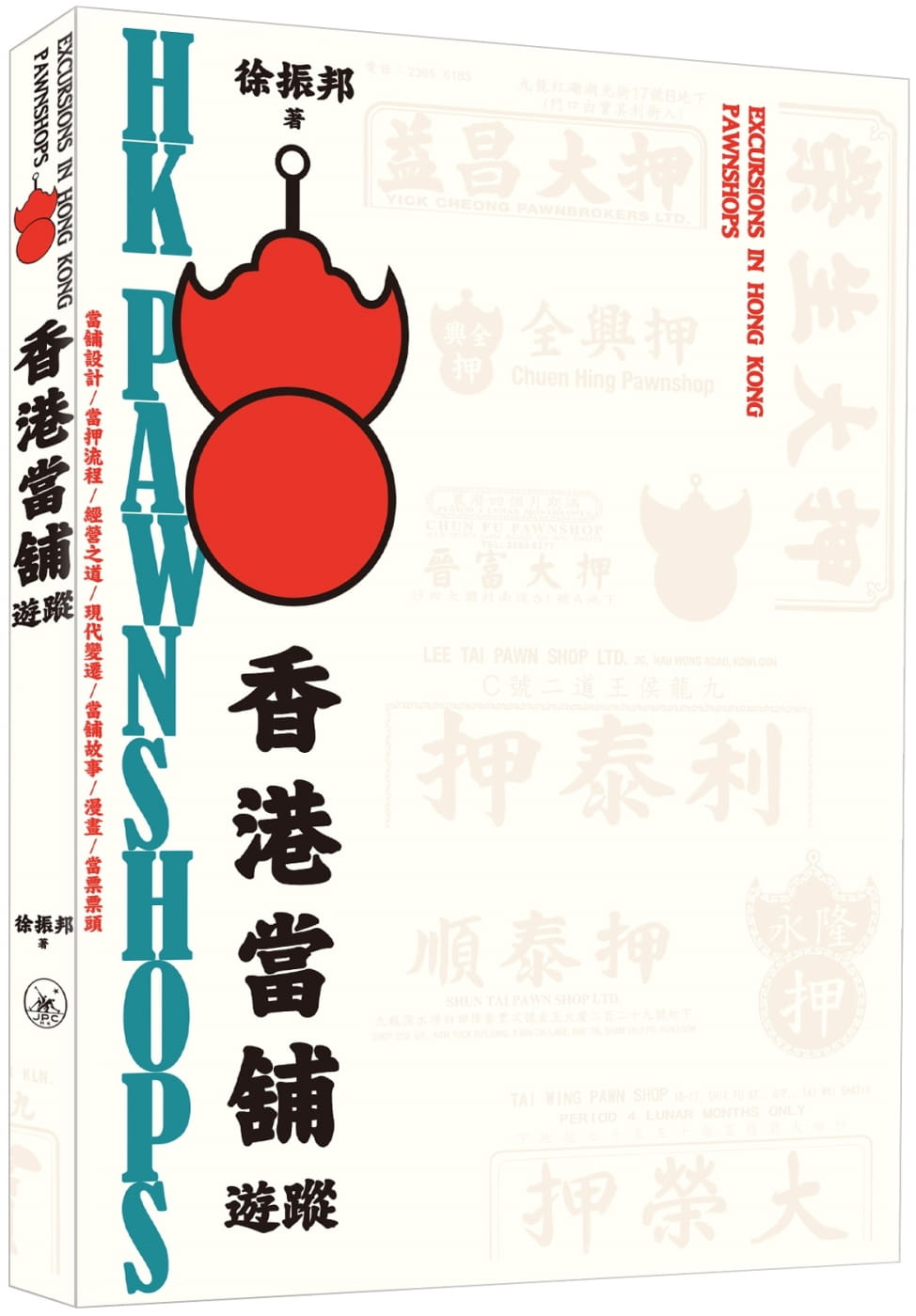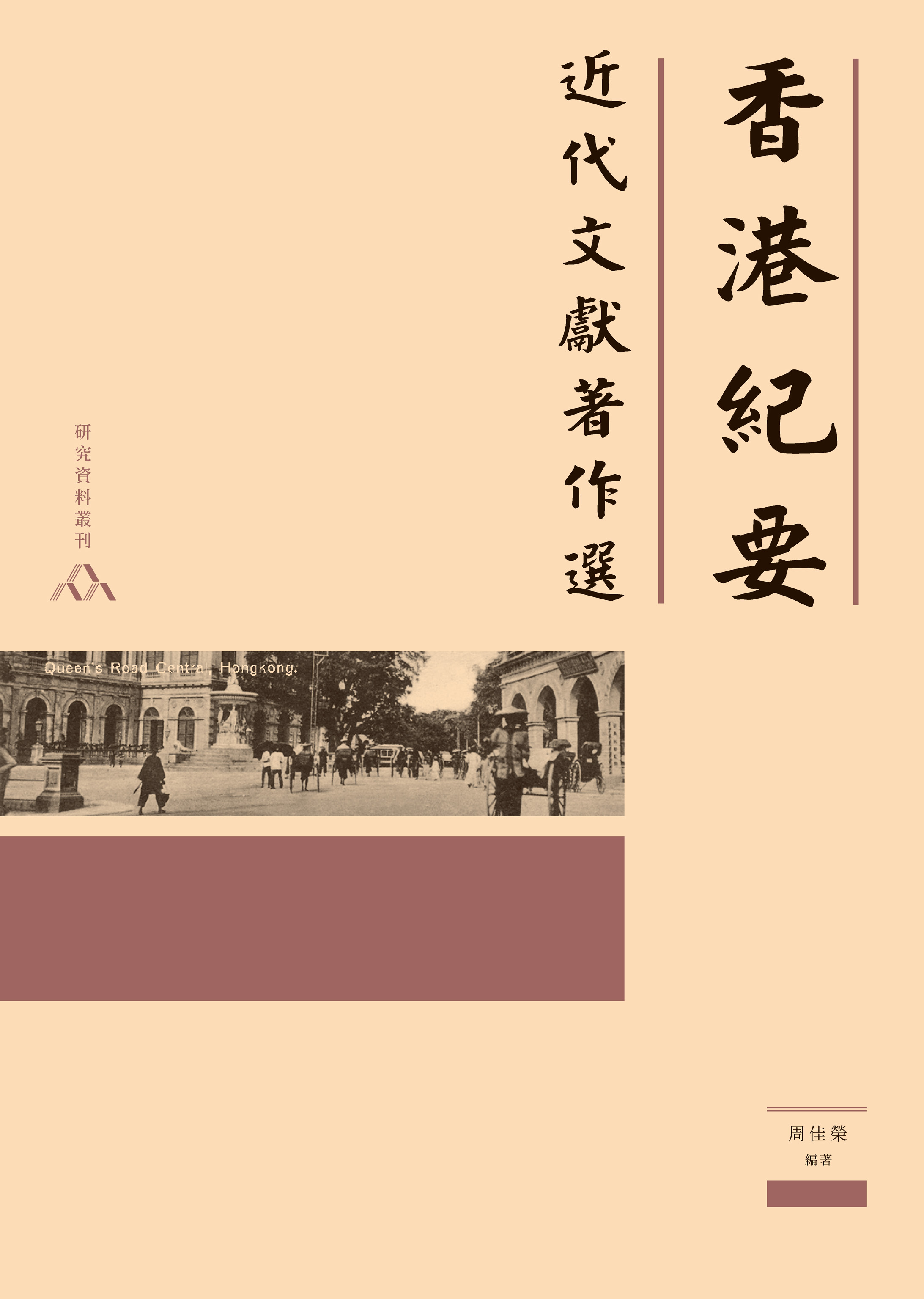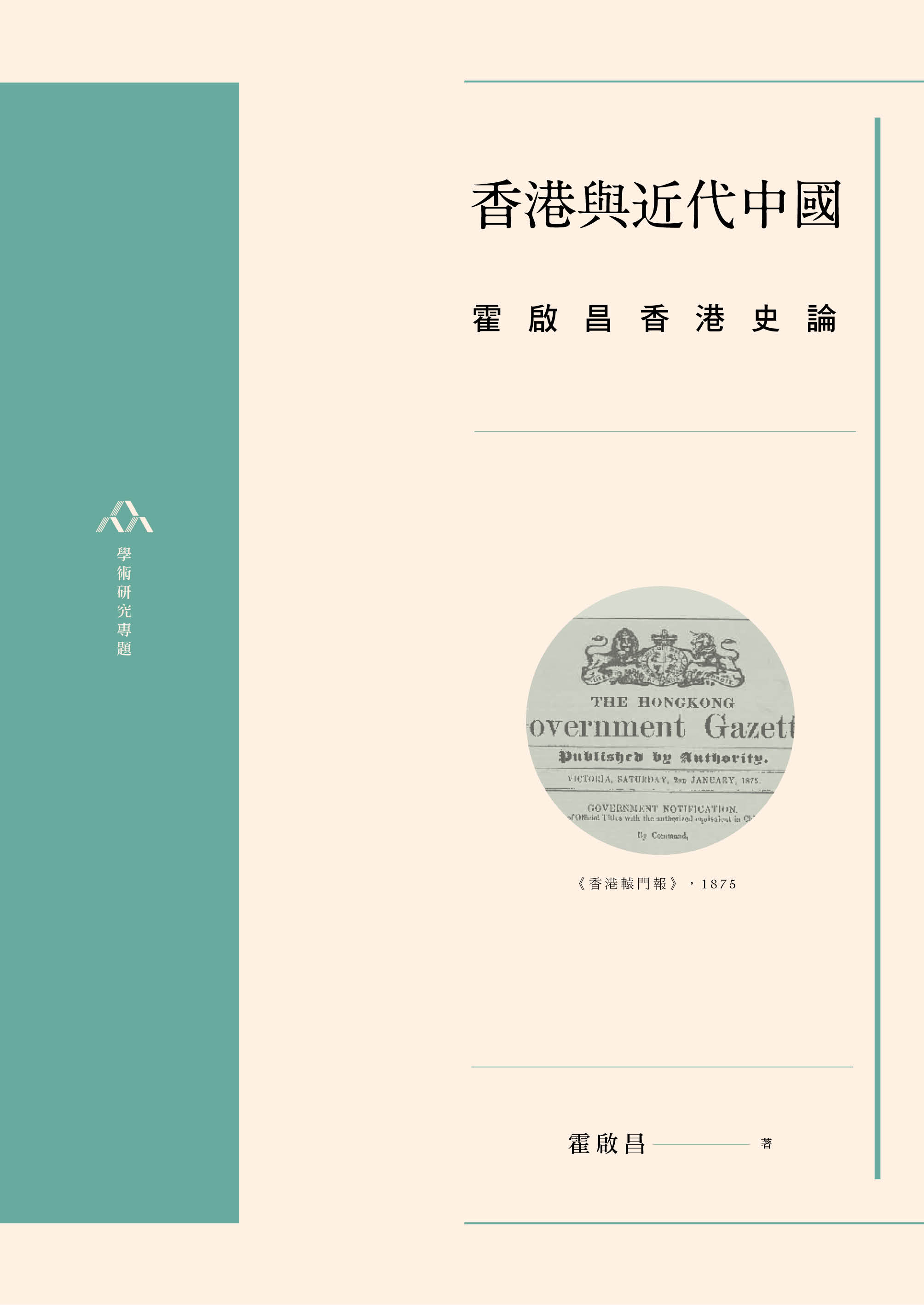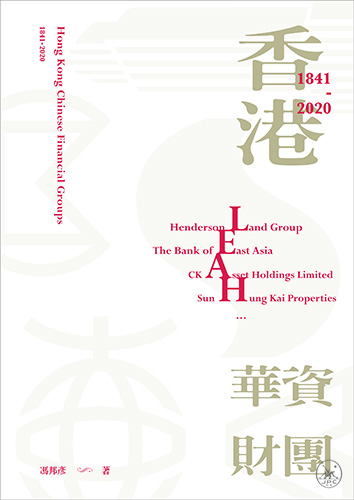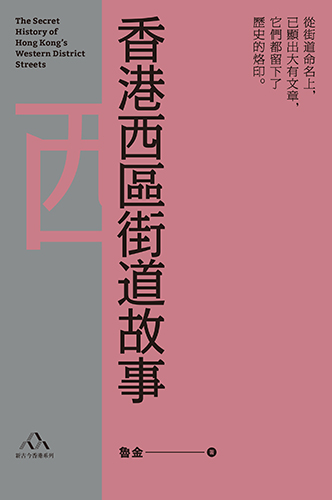e-Book List
e-Book
This book is the sister volume of "Stories of Streets in Hong Kong’s Central District", introducing more than ten renowned streets in areas such as Wan Chai, Causeway Bay, North Point, and Shau Kei Wan. In addition to describing the naming and anecdotes of each street, this book also emphasizes the early development and later history of each street, reflecting the history of British opium and tobacco trade, tracing the footsteps of missionaries and early Chinese politicians, while documenting the transformation from rural land into horse racing tracks, as well as the development of Hong Kong's film industry, power plants, swimming pools, and temples. It lets readers have a more comprehensive understanding of the history and development of each street as well as the entire Hong Kong.
- AuthorLo Kam
- PublisherJoint Publishing
- Publication Date2019
- Preview
The book is about pawn shops and is divided into five parts to reveal knowledge about pawn shops, including pawn shop design, pawn pledging process, pawn shop operation and management techniques, modernization of pawn shops, and stories related to pawn shop development. Throughout the book, characteristics of Hong Kong pawn shops and the development history of individual pawn shops are inserted in various chapters. The author also quotes column articles about pawn shops on newspapers, accompanied by a number of photos related to pawn shops. At the end of the book, two separate chapters are dedicated to comics related to pawn shops published in newspapers and magazines, alongside pawn ticket stubs collected by the author himself. The book is rich in content and easy to read, and is a must-read for readers interested in understanding pawn shops in Hong Kong.
- AuthorChui Chun-pong
- PublisherJoint Publishing
- Publication Date2020
- Preview
This book is a collection of materials compiled by Dr. Chow Kai-wing. Most of the articles in the book are original texts of exceptional value, including Chinese works on the overview and geography of Hong Kong from the mid-19th century to the mid-20th century. It covers the development of politics, society, economy, culture and other aspects of modern Hong Kong over the past 100 years. It includes many articles in the first Chinese-language newspaper in Hong Kong, "Xia Er Guan Zhen", a selection of articles from Wang Tao's "Tao Yuan Wen Lu Wai Bian", other pieces from "Hong Kong Chronicles", and observations made by modern Hong Kong literati such as Wei Yuan, Guo Songtao, Huang Zunxian, Kang Youwei, and so on. The editor also provides annotations and explanations to help readers better understand the documents.
- AuthorChow Kai-wing
- PublisherJoint Publishing
- Publication Date2020
Some of the major events in modern Chinese history, such as the success of the Xinhai Revolution, the development of the Chinese economy, and the exchange of Chinese and Western culture and scientific technology, have nurtured talents for the central and local governments of China, and even contributed to the final victory of the War of Resistance Against Japan. Hong Kong Chinese have also made important contributions in the entire modern Chinese history, and Hong Kong had its important historical mission. Professor Fok Kai-cheong has been deeply involved in the field of history for more than 30 years, and is keen to study historical archives and materials related to Hong Kong and the major newspapers published in Hong Kong during the late Qing Dynasty and the War of Resistance Against Japan. The main purpose is to provide Hong Kong people with the correct historical facts about Hong Kong and Hong Kong Chinese during this period of modern Chinese history, so that people can understand the important role played by Hong Kong and Hong Kong Chinese and their huge contributions made to the country.
- AuthorFok Kai-cheong
- PublisherJoint Publishing
- Publication Date2019
The origin of Hong Kong's Chinese-funded financial groups can be traced back to the development of Chinese compradors represented by Nan Bei Hang and Jin Shan Zhuang and those attached to foreign-funded companies. By the end of the 19th century, with Hong Kong established as a transit port for Far East trade, Chinese-funded financial groups began to emerge in real estate, shipping, retail department stores, and even banking sectors. In the 1960s and 1970s, with the rapid pace of Hong Kong's industrialization, emerging Chinese businesses not only gained dominance in the manufacturing industry, but also gradually gained the upper hand in a series of important industries such as shipping, real estate, hotels, and film and television entertainment. Subsequently, emerging Chinese businessmen represented by Li Ka-shing and Pao Yue-kong successively acquired British-funded companies such as Hutchison Whampoa, Kowloon Wharf, Hong Kong Electric, and Wellcome. Chinese-funded real estate companies such as New World Development, Sun Hung Kai Properties, and Henderson Land Development also transformed into large conglomerates, breaking the long-term monopoly of British-funded financial groups and becoming an important economic force in Hong Kong. After 1997, with the integration and development of Hong Kong and the mainland Chinese economy, Chinese businessmen in Hong Kong came across extensive investment opportunities, especially in the mainland market. In this context, Chinese-funded financial groups that are based in Hong Kong, have broken through geographical restrictions and developed into large enterprises with national, diversified, and even international scopes of businesses. During this period, the Hong Kong Chinese capital consortiums not only became the largest capital force in the Hong Kong economy, but also played an important role in sustaining the prosperity and stability of the Hong Kong’s economy, promoting economic cooperation between Hong Kong and the mainland. The history of Hong Kong’s Chinese-funded consortiums is actually a vivid slice of Hong Kong's modern political and economic history. From it, we can understand the profound changes, development trend and changing laws of Hong Kong over the past 170 years, and be inspired in historical and realistic contexts.
- AuthorFeng Bangyan
- PublisherJoint Publishing
- Publication Date2021
- Preview
This book is another title on street stories by experienced Hong Kong feature writer Lo Kam. The Western District of Hong Kong Island includes Sheung Wan, Sai Ying Pun, Kennedy Town, and Pok Fu Lam, as well as Mo Xing Ling. Unlike the Central District, which was mainly developed by the British, the early Western District was an area where Hong Kong Chinese gathered and lived. With rich historical materials and simple language, the author selects more than ten well-known streets in the Western District and disseminate the origin of the street names, such as "Kwan Tai Road", "Davis Street" and "Jervois Street". In addition, the book also focuses on the early development of the Western District of Hong Kong and living conditions of residents, such as the establishment of the Po Leung Kuk and gas plants, and the anecdotes of the Man Mo Temple.
- AuthorLo Kam
- PublisherJoint Publishing
- Publication Date2021
- Preview


